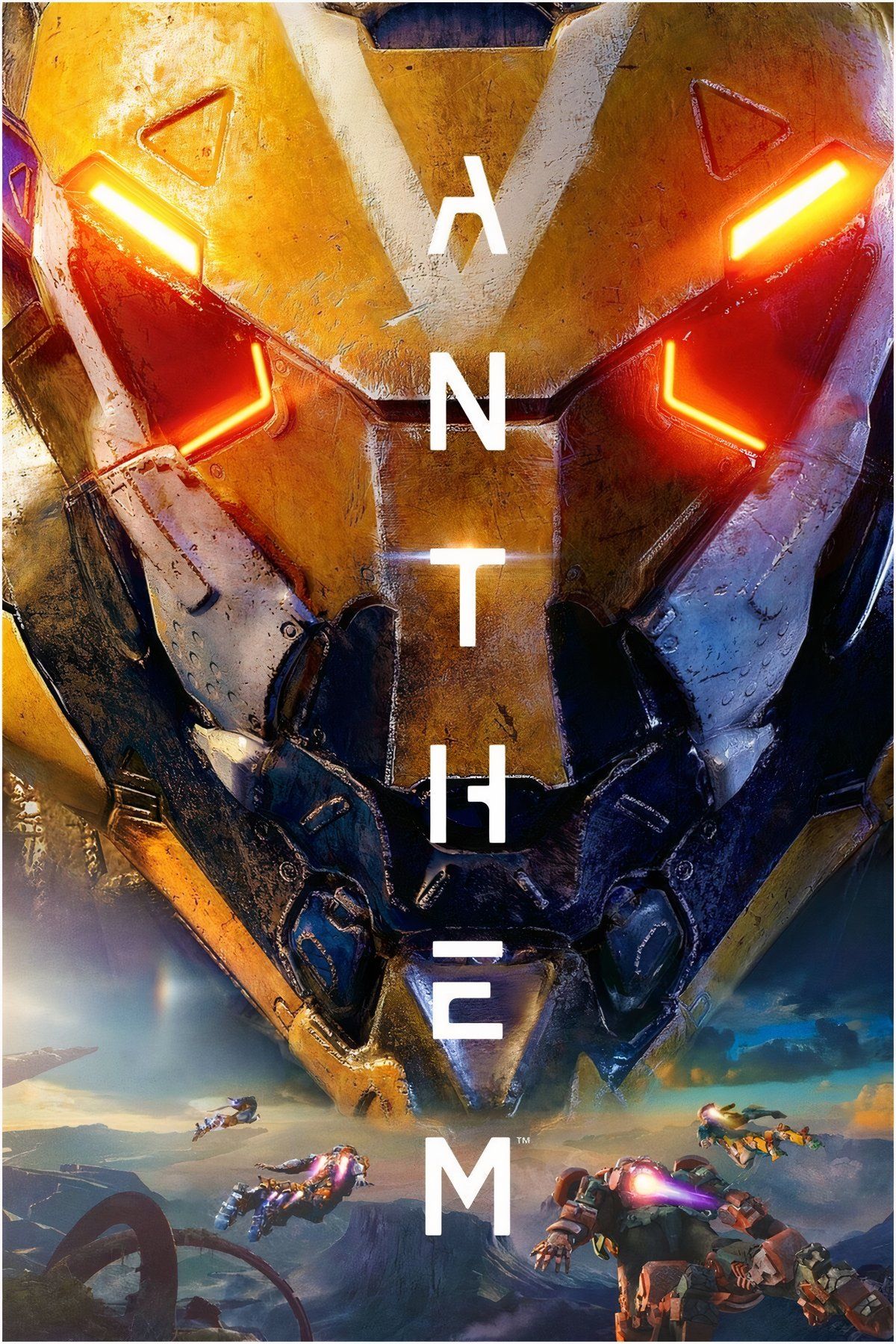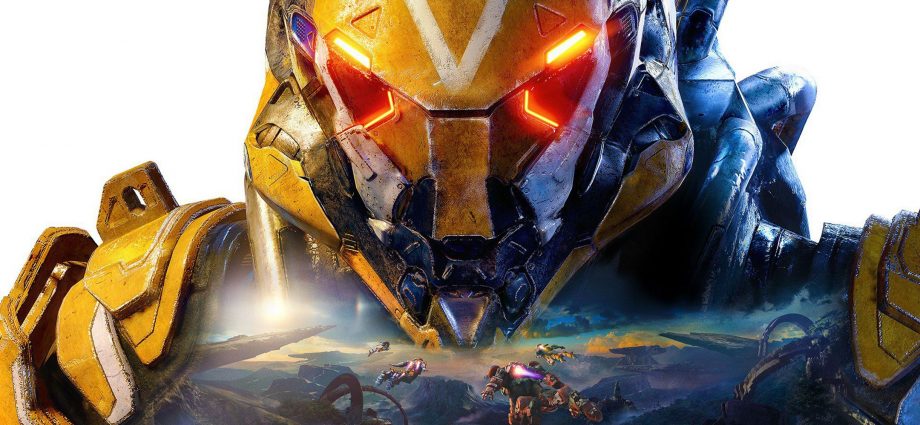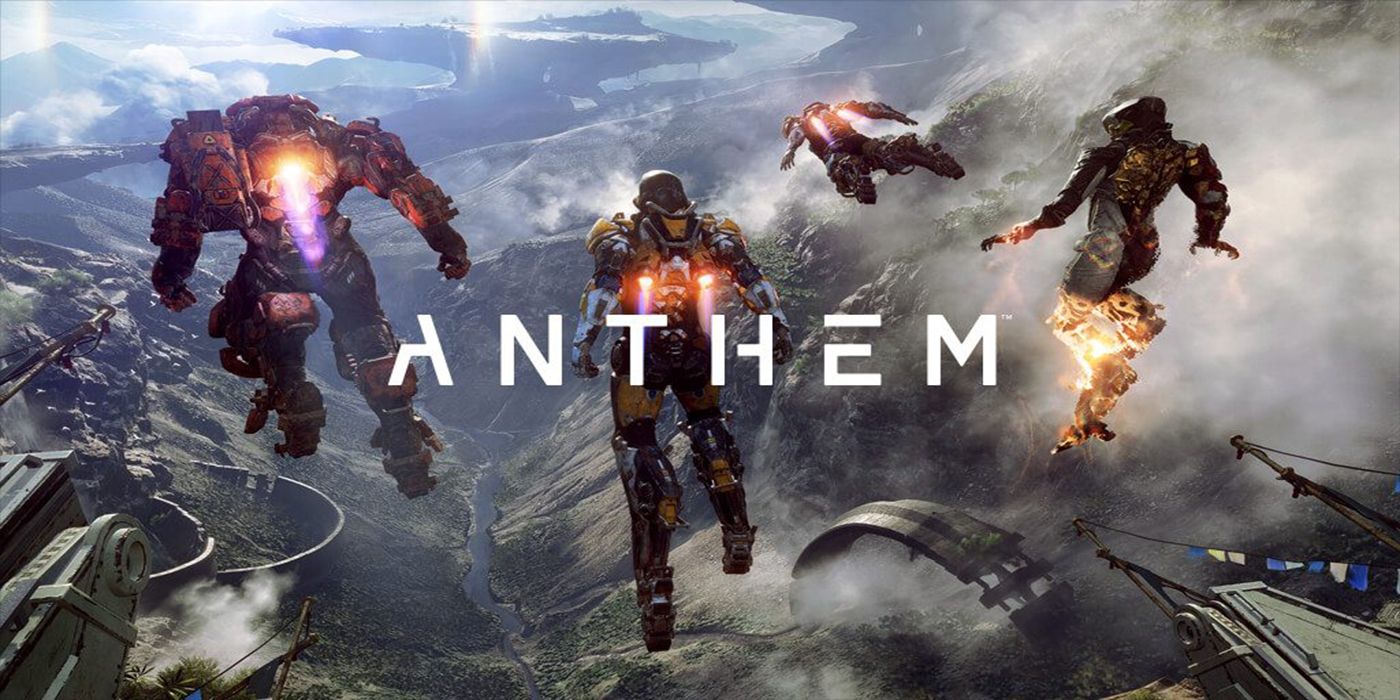Anthem was released in 2017 and quickly critically panned for lackluster story and gameplay content, the former falling short of the heights BioWare is known for and the latter being a clear padding attempt at a long-time live-service endgame. Truth be told, there is one mission that was clearly added to add time to the game, effectively time-gating players so that they are forced to put hours into it. However, the core fantasy of Anthem and its “Iron Man Simulator” vibe was on point.
Choosing one of Anthem‘s Javelins was a tough choice because all were great and fun in a bubble; unfortunately, Anthem quickly burst that bubble and didn’t support it. BioWare attempted to improve the game with Anthem 2.0, but EA pulled the plug there after some time. And now, as players have come to learn, EA is pulling the plug again in January 2026. Once EA sunsets Anthem, it will no longer be playable online or offline. Offline isn’t possible for Anthem because it is all it is designed for servers and online play, meaning any attempt to make it playable offline would take considerably more resources than most would think. But the question remains: why did Anthem fail?
Anthem’s Failure Is a Series of Unfortunately Preventable Events
There are a lot of reasons the game was panned, but a lot more has been learned about its development. First and foremost, BioWare (a well-known single-player RPG studio) working on a live-service game has continuously not worked out, nor is it what fans of classic BioWare fans want. The reality is that Anthem‘s failure is not the result of one misstep, but a series of missteps since its inception.
- Development began after the release of Mass Effect 3; however, it’s documented that the game did not have a clear vision from the onset. BioWare’s only goal was a co-op action game that moved away from Mass Effect and Dragon Age.
- The idea of robotic exosuits emerged early; however, at first it was envisioned as a mission-based narrative survival game rather than a looter shooter (something BioWare does not have experience in).
- This was its state around E3 2014, but it needed serious upscaling and technological improvements that were hard-pressed, if even possible, with the Frostbite engine.
- Casey Hudson, who had overseen the project, left BioWare near the end of 2015.
- From 2014-2016, the story of Anthem was unclear and reworked. This strained other areas of development.
- Woes around the Frostbite engine worsened as EA management demanded all studios use this technology. This led to some gameplay concepts being scrapped.
- Around 2016, BioWare developers began being consistently moved around—something that has not historically worked for it from this point. Anthem devs were pulled for FIFA, later Dragon Age devs were pulled for Anthem, and Dragon Age: The Veilguard‘s development was reworked after this as well.
- Late into the project, there were reported concerns of poor management as the product was nowhere near final stages.
-
In the final years of its development cycle, another series of events radically changed Anthem‘s final design.
- EA was not happy with the Christmas demo.
- BioWare was forced to make a new trailer for E3 2017. EA was happy with this demo, particularly the flying, which had been re-worked over and over throughout development.
- Anthem devs were pulled to help with Mass Effect: Andromeda.
- Leadership shuffles, development changes, and various other factors saw delays.
- Anthem devs would later reveal that most of the game was developed the year prior to its release.
- Mismanagement at all levels could perhaps be summarize Anthem’s failure, but as seen above, there are a lot of misfires that led to its launch.
A series of setbacks, over years, basically saw Anthem made in a year. The state it launched in was a direct result of that, and the quick turnaround near the end meant that the game lived up neither to BioWare’s storytelling chops nor as a “Destiny Killer.” Anticipation was too high for the title, and it ultimately floundered. There are a lot of areas where “what if” could maybe change the course of the game, but there’s the game it could have been and the game fans got. Anthem had the potential for a Cyberpunk 2077: Phantom Liberty-style of redemption, truly, and BioWare attempted that with Anthem Next, or Anthem 2.0. Unfortunately, that potential would be wasted.
My recommendation? Play Anthem as an Iron Man Simulator. Not a looter shooter, not a masterpiece, not a live-service game, but mindless fun flying and shooting. That’s the best way to enjoy the current state of the game. It’s cheaper than dirt right now, and what it offers is worth more than its current price tag despite its shortcomings.
The biggest disappointment of Anthem is its wasted potential. It had the bones to be something truly special, but a rushed-AND-dealyed development, lack of vision and support, and unfortunately, extended development time and resources make it one of the biggest nails in BioWare’s coffin. As development costs ballooned, resources shifted, and more changed at BioWare in the late 2010s, its development pipelines were too extended. Many studios have shifted to working on a single IP or two, and BioWare may as well be a Mass Effect studio now, much to the chagrin of its fans.
Anthem Player Count
Currently, it is not possible to find out how active Anthem is as an online game. However, there are three factors to consider here:
- First, Anthem‘s player count is likely to explode if temporarily. Anthem‘s closure comes at the time of the #StopKillingGames petition, and it’s a perfect example of why. These fans, to prove their point, may elect to play Anthem.
- Second, Anthem is not currently popular on Twitch. Stream Charts paints a not-so-pretty picture listing only 2 live channels and 4 live viewers.
- MMO Population is predicting the number of Anthem players to increase throughout July, predicting an average of 15K per day. That feels unlikely, but a spike is easily foreseeable.
Anthem Shutdown
EA released an FAQ outlining what players should expect from Anthem’s shutdown. However, it’s worth noting that it is being removed from EA Play (and thus services like Xbox Game Pass Ultimate) on August 15.
Q: How long will I have to play Anthem?
A: Game servers will be available until January 12, 2026, at which time the game will no longer be playable.
Q: Why can’t I play Anthem in offline mode?
A: Anthem was designed to be an online-only title, so once the servers go offline, the game will no longer be playable.
Q: Can I still install Anthem if I had previously purchased the game?
A: Yes, if you previously purchased Anthem, the game can still be downloaded from a digital library and played until January 12, 2026.
Q: Why can I no longer purchase Anthem or in-game currency?
A: Over the course of the next 180+ days, Anthem will still be playable online and you can use the last of your in-game premium currency as we prepare to sunset the game’s live servers on January 13, 2026.
Q: Will I still be able to use my in-game currency?
A: Yes, you can still use any in-game premium currency that you currently have until the game is sunset on January 12, 2026.
Q: How long will the game stay on EA Play?
A: Anthem will be removed from the EA Play playlist on August 15, 2025.
Q: Has anyone else at BioWare been affected by these changes?
A: No, the sunsetting of Anthem has not led to any layoffs.

Anthem
- Released
-
February 22, 2019
- ESRB
-
T for Teen: Alcohol Reference, Language, Mild Blood, Use of Tobacco, Violence
- Publisher(s)
-
Electronic Arts
- Engine
-
Frostbite 3

